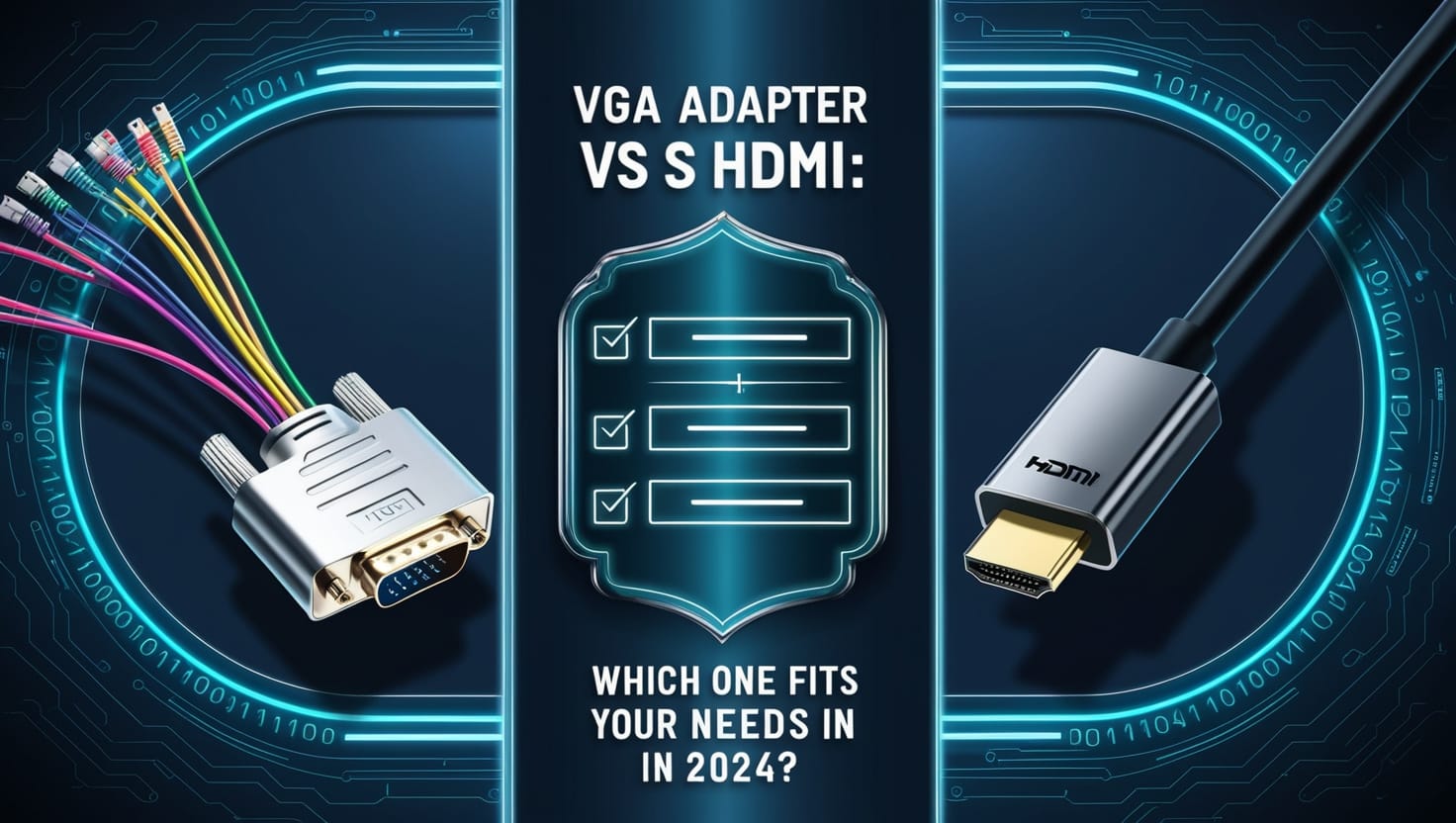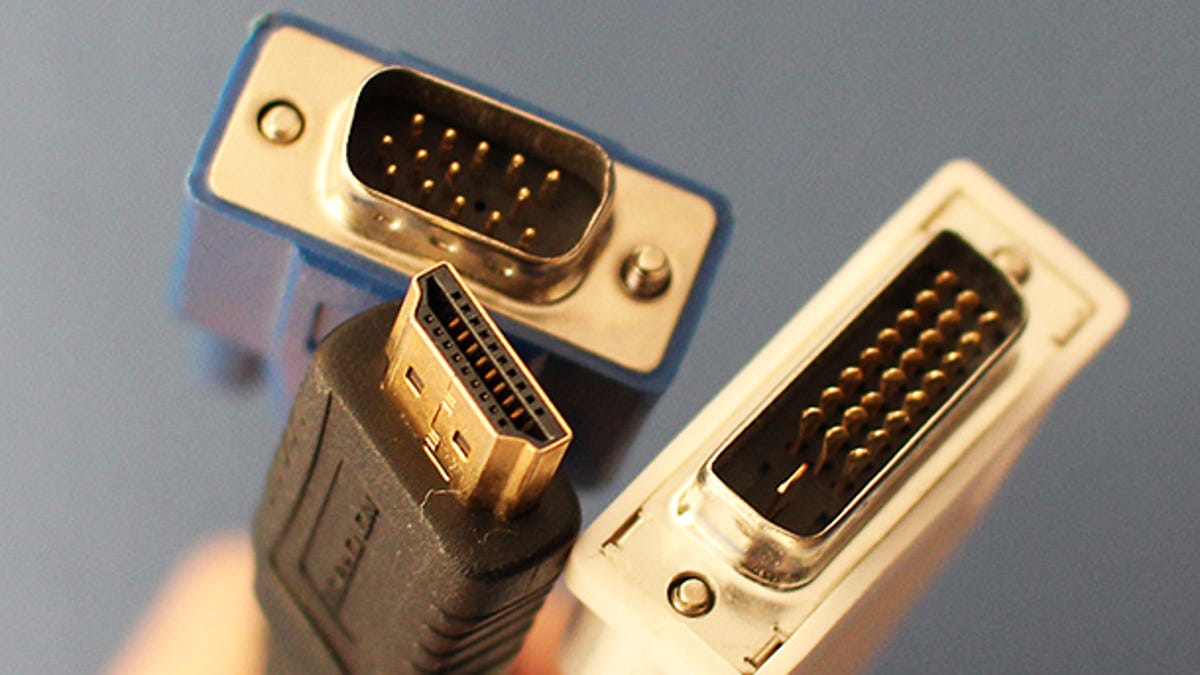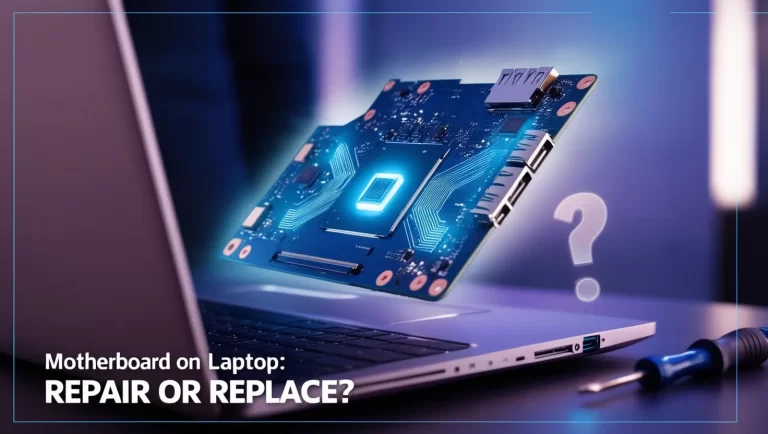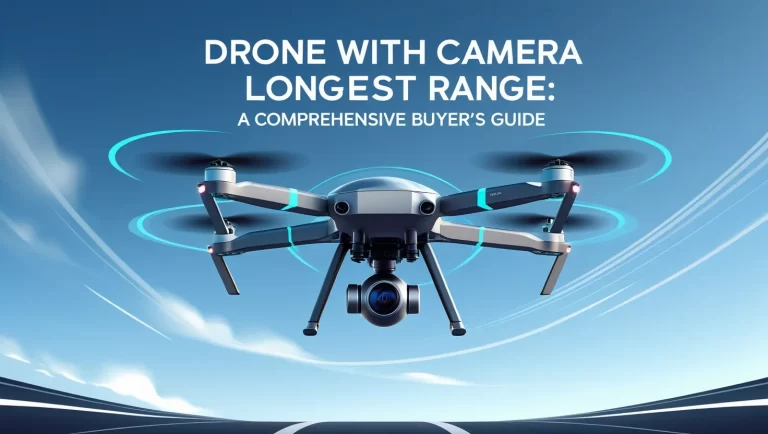
VGA Adapter vs HDMI: Which One Fits Your Needs in 2024?-As technology advances, so does the way we connect our devices. Whether you’re setting up a home office, gaming, or preparing for a presentation, understanding the difference between VGA adapters and HDMI connections is essential. Both are used to transmit video and, in some cases, audio, but they each serve different purposes. So, how do you choose the right one for your needs in 2024? Let’s dive into a detailed comparison of VGA adapters and HDMI to help you make an informed decision.
What is a VGA Adapter?
VGA (Video Graphics Array) is one of the oldest video connection standards, first introduced in the 1980s. It was the dominant connection type for monitors and computers for many years. Despite the rise of newer video technologies, VGA adapters are still commonly used in legacy systems and devices.
A VGA adapter is a tool that allows you to connect devices that use VGA (such as older laptops, desktops, or projectors) to modern monitors or TVs. The adapter converts the VGA signal to a format compatible with newer displays, which often rely on HDMI, DisplayPort, or other modern input formats.
Key Features of VGA Adapters:
- Analog Signal: VGA transmits analog signals, which can result in lower image quality when compared to digital standards like HDMI.
- Resolution Support: Typically supports resolutions up to 1080p, but this can vary based on the quality of the adapter and the connected devices.
- Audio: VGA does not transmit audio, so VGA adapters with audio output are often needed if you want sound.
What is HDMI?

HDMI (High-Definition Multimedia Interface) is a modern digital standard widely used for connecting various devices, from gaming consoles to televisions, monitors, and home theater systems. Unlike VGA, HDMI transmits both high-quality video and audio signals, making it a preferred option for modern entertainment and gaming setups.
HDMI is designed to support high-definition and even 4K video resolutions, making it the go-to connection for everything from movie watching to gaming. In addition, HDMI supports features like HDCP (High-Bandwidth Digital Content Protection) and deep color formats, ensuring compatibility with the latest content and devices.
Key Features of HDMI:
- Digital Signal: HDMI provides a digital signal, ensuring superior video and audio quality compared to the analog VGA standard.
- Resolution Support: HDMI can support high-definition resolutions (1080p, 4K, 8K) with smooth video performance and high frame rates.
- Audio: HDMI transmits both video and audio, eliminating the need for separate cables or adapters for sound. (Read More: The Role of Computer Technology in Advancing Artificial Intelligence)
VGA Adapter vs HDMI: Key Differences
:max_bytes(150000):strip_icc()/VGA-vs-HDMI-6e9f55d50dea46bba603743f886d5a27.jpg)
When deciding between VGA adapters and HDMI, it’s essential to understand how these two standards differ in terms of performance, compatibility, and use cases. Here are the key differences:
1. Video Quality
The most significant difference between VGA and HDMI is video quality. VGA is an analog signal, meaning it may degrade over longer cable distances or when converted by lower-quality adapters. This can result in a fuzzier image, especially on modern displays with high resolutions. While VGA can still deliver 1080p quality, it can’t match HDMI’s digital signal, which offers sharper, clearer images with minimal loss.
On the other hand, HDMI is a digital standard, delivering high-definition video (up to 8K in some cases) with excellent clarity. It supports resolutions ranging from 720p to 8K, making it the preferred choice for modern gaming, movie watching, and high-quality displays.
2. Audio Support
VGA has one major limitation compared to HDMI: it doesn’t carry audio. If you’re connecting a VGA-enabled device to a monitor or TV, you’ll need a separate audio cable or an adapter with an audio jack to get sound.
HDMI, however, is a complete solution for both video and audio. With HDMI, you don’t need any additional cables or adapters—just a single cable connects both video and sound, making it incredibly convenient for home theaters, gaming setups, or any device that needs audio and video output. (Read More: Top Cloud Computing Platforms Dominating the Tech World in 2024)
3. Compatibility and Device Support
One of the most important considerations when choosing between a VGA adapter and HDMI is device compatibility. VGA is common on older devices, like older PCs, laptops, and projectors. If you still use legacy equipment or a retro gaming console with a VGA output, you’ll need a VGA adapter to connect it to modern monitors or TVs.
HDMI, in contrast, is the standard on most modern devices, including:
- Gaming consoles (PS5, Xbox Series X)
- Laptops and PCs
- TVs and monitors
- Blu-ray players and home theater systems
For most modern setups, HDMI is the more convenient choice, as it supports both high-quality video and audio on a wide range of devices.
4. Ease of Use and Setup
When it comes to ease of use, HDMI is the clear winner. HDMI cables are plug-and-play, meaning once you connect the cable to your device and display, you’re good to go. No need to worry about configuring video quality or dealing with audio issues.
VGA adapters, on the other hand, may require more effort. Many VGA to HDMI adapters not only convert the video signal but also require additional audio connections. Additionally, the analog nature of VGA means that the image quality might not be as crisp as what you would get from HDMI, especially if the signal is being converted by a low-quality adapter. (Read More: Exploring the Impact of Computer Technology on Modern Business Strategies)
5. Price and Availability
VGA adapters tend to be more affordable than HDMI adapters due to the older technology. If you’re working with older devices or need a budget-friendly solution, VGA adapters can provide a simple and inexpensive way to connect devices.
HDMI, however, is generally considered the more premium solution, but with widespread adoption, the prices for HDMI cables and adapters have dropped significantly. If you’re using modern devices, the additional cost of HDMI cables is negligible compared to the benefits of superior quality and ease of use.
Which One Fits Your Needs in 2024?

So, VGA adapters or HDMI—which one should you choose in 2024? Here’s a quick guide:
- Choose VGA adapters if:
- You’re working with older devices (e.g., legacy computers, vintage gaming consoles, or older projectors) that only have VGA outputs.
- You’re on a tight budget and don’t mind sacrificing some image quality.
- You have audio equipment separate from your monitor or TV and don’t mind additional setup.
- Choose HDMI if:
- You’re using modern devices like gaming consoles, newer PCs, or smart TVs.
- You need a high-quality, digital video and audio signal.
- You prefer a simple, all-in-one connection that doesn’t require extra cables for sound.
Conclusion article VGA Adapter vs HDMI: Which One Fits Your Needs in 2024?
In 2024, HDMI is the gold standard for most gaming setups, home theaters, and personal devices, thanks to its ability to transmit high-quality video and audio with a simple connection. However, VGA adapters remain a necessary tool for anyone working with legacy devices, offering a cost-effective way to bridge the gap between old and new technology. By understanding your needs and the compatibility of your devices, you can make the best choice for your setup.





1 thought on “VGA Adapter vs HDMI: Which One Fits Your Needs in 2024?”